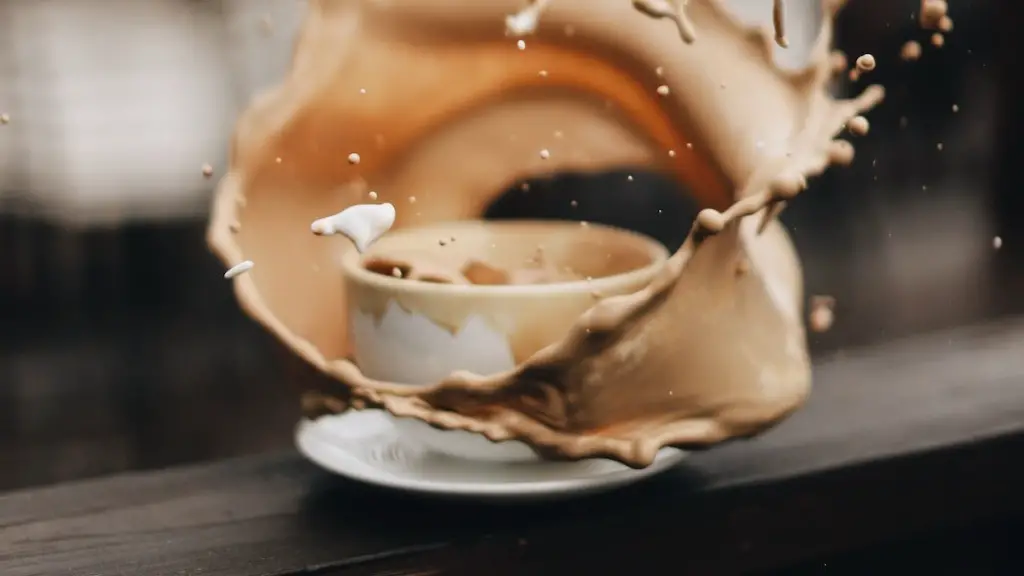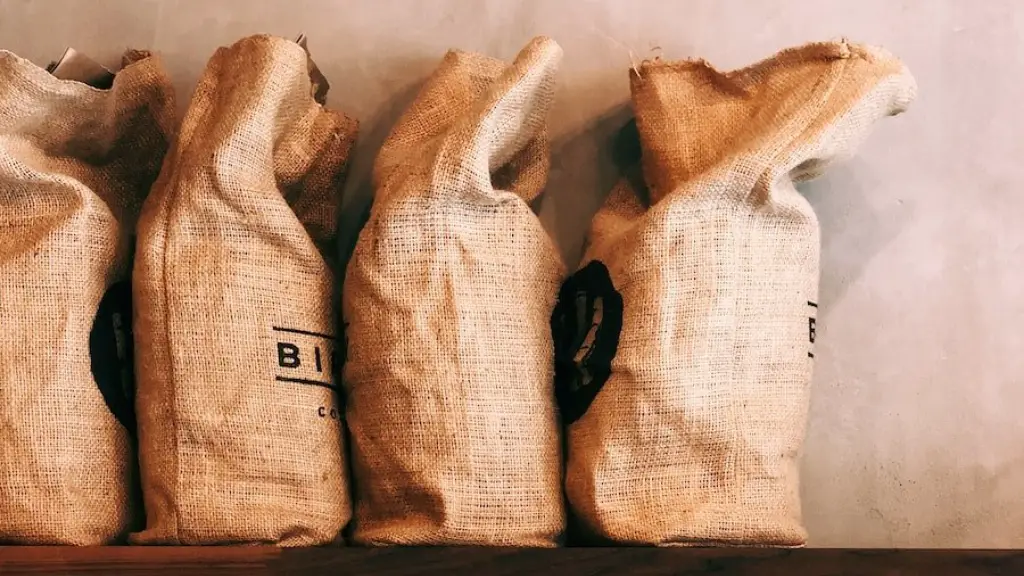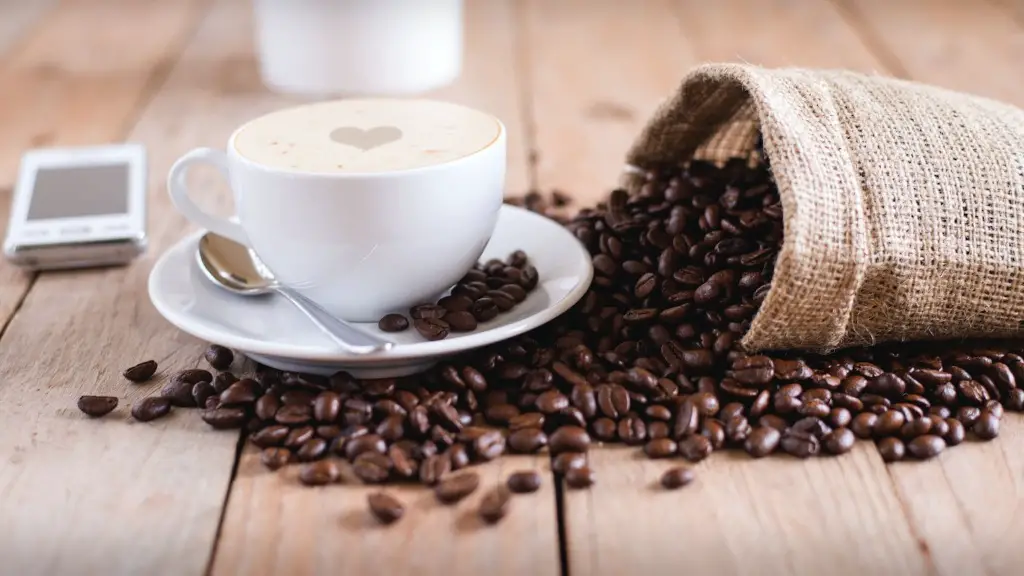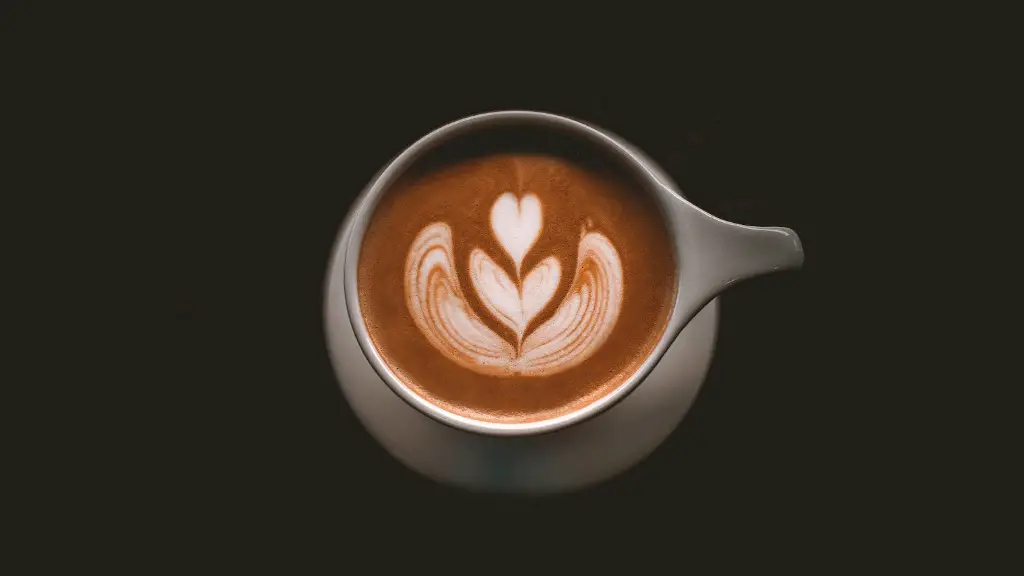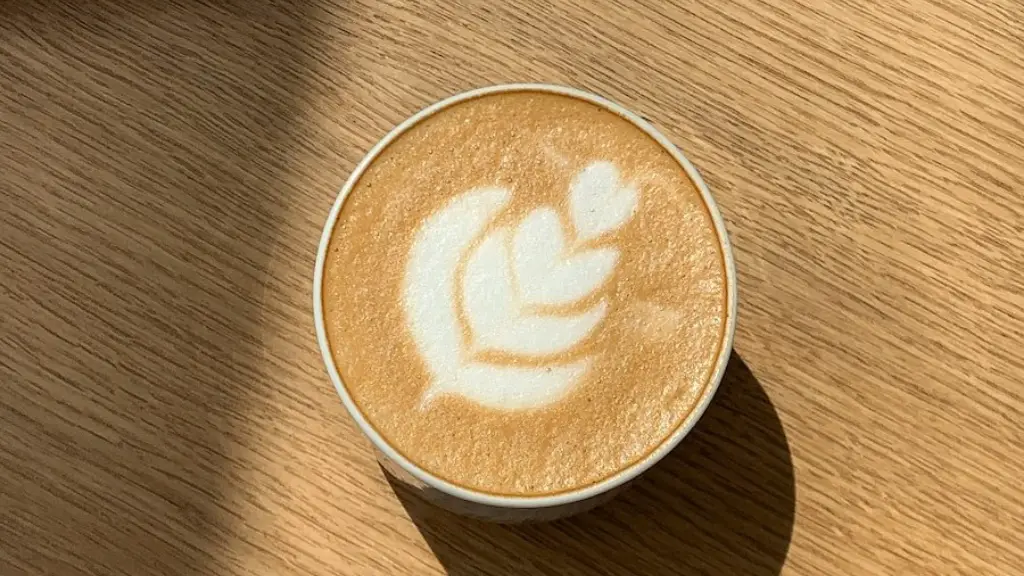It’s no surprise that coffee has become a mainstream beverage in today’s society. We can order coffee from major coffee houses like Starbucks and drink coffee almost anywhere. From iced coffee to lattes, there is something for everyone. But just how much caffeine does an iced coffee from Starbucks actually have? In this article, we will explore the answer to that question and take an in-depth look at all the facts and figures.
As most people know, caffeine is naturally found in coffee beans and when brewed, it unlocks a variety of flavors, tastes, and feelings. Caffeine interacts with the human body differently depending on its type, the amount and when it is consumed. Caffeine can be very beneficial in providing physical and mental energy, but it can also bring unwelcome side effects such as restlessness, hypertension, and even addiction in some cases.
So, how does all this information relate to an iced coffee from Starbucks? According to the nutrition facts provided on their website, a standard Grande size of their iced coffee contains 155 milligrams of caffeine. This is actually quite a bit more than a regular cup of coffee (which contains around 95-150mg), and even more than a cup of tea (which contains around 60-85mg).
It’s important to note that coffees which are brewed using specialty grade coffee beans may have much higher caffeine content than the 155mg provided by the Iced Coffee from Starbucks. Additionally, the type of milk used and the amount of sweetener added can also significantly alter the caffeine content.
Experts agree that the ideal amount of caffeine for an adult per day is no more than 400 milligrams. This means that 2-3 servings of an iced coffee from Starbucks could potentially put you over the safe limit, making it important to be aware of your intake.
On the plus side, the Iced Coffee from Starbucks is slightly lower in calories than some of the other popular drinks on the menu, so you don’t have to worry about consuming too many calories. But it’s worth noting that if you do decide to add any extras like syrups, creams or extra sugars, the calorie count will rise quickly.
Effects of Caffeine on the Body
Caffeine is known to boost alertness and focus, and can also increase physical endurance and focus on physical tasks. Studies have shown that a moderate amount of caffeine can improve reaction times, memory recall and cognitive functions.
Caffeine can also stimulate the release of adrenaline, which is the body’s natural way of boosting alertness and focus. Caffeine also increases metabolism and suppresses appetite, causing people to eat less during the day.
However, it can also be quite easy to overdo it with caffeine and end up feeling jittery and anxious. Too much caffeine can cause significant disruption in sleep patterns and negatively impact performance.
In general, most experts recommend that adults drink no more than 3-4 cups of coffee a day to prevent any potentially negative side effects.
Health Benefits of Caffeine
The good news is that coffee and coffee-based products like an iced coffee from Starbucks do contain beneficial nutrients that can have positive effects on the body. Coffee beans are known to contain antioxidants which are beneficial for overall health, as well as beneficial Polyphenols which can help protect against chronic diseases. Coffee also contains minerals such as magnesium and potassium which are essential for good muscle and nerve functioning.
Bottom line? If you want to get the most out of your iced coffee from Starbucks, it’s important to ensure you are consuming it in moderation. Keeping an eye on your caffeine intake can help you to maintain a healthy balance and maximize the potential health benefits coffee can bring.
Texture and Taste of Starbucks Iced Coffee
The iced coffee from Starbucks has a very smooth and velvety texture due to the cold brewing process. The coffee is extracted slowly over a 12 hour period, yielding a rich and creamy result. The result is a rich, flavourful and balanced iced coffee that anyone can enjoy.
Although the Starbucks Iced Coffee is slightly higher in calories compared to black coffee, it is much lower than other flavours like caramel or mocha. The added ingredient of ice can also make the coffee more enjoyable on a hot day, due to its temperature-neutralizing effects.
What Happens When You Stop Drinking Caffeine?
When it comes to cutting back on your caffeine intake, many people are wary of the withdrawal symptoms they may experience. Despite this, if you decide to become more aware of your caffeine intake and reduce it slowly, then the effects of withdrawal will be significantly reduced.
Common withdrawal side effects include headaches, fatigue, irritability and a lack of concentration. Symptoms typically begin within 1-2 days of reducing your caffeine intake, but can last up to 1 to 2 weeks. To help reduce the severity of these symptoms, be sure to stay hydrated and maintain a balanced diet.
Alternative Sources of Caffeine
If you do decide to reduce your caffeine intake, there are plenty of alternative sources you can turn to. These include green tea, yerba mate, guarana, and chocolate. All of these provide a boost of energy and alertness but are often lower in caffeine than traditional coffee.
You can also experiment with adding natural herbs to your coffee or tea such as ginseng and matcha for an added energy boost. Additionally, taking up regular exercise can also increase energy and alertness levels, which can be a great way to stay energized without relying on caffeine.
Be Aware of Your Caffeine Intake
It’s important to remember that caffeine is a stimulant and can have both positive and negative effects on the body. So, it’s important to be aware of your daily intake and try to remain within the recommended amounts. Having said that, an occasional iced coffee from Starbucks can be a delicious treat and is a great way to keep energized throughout the day.
